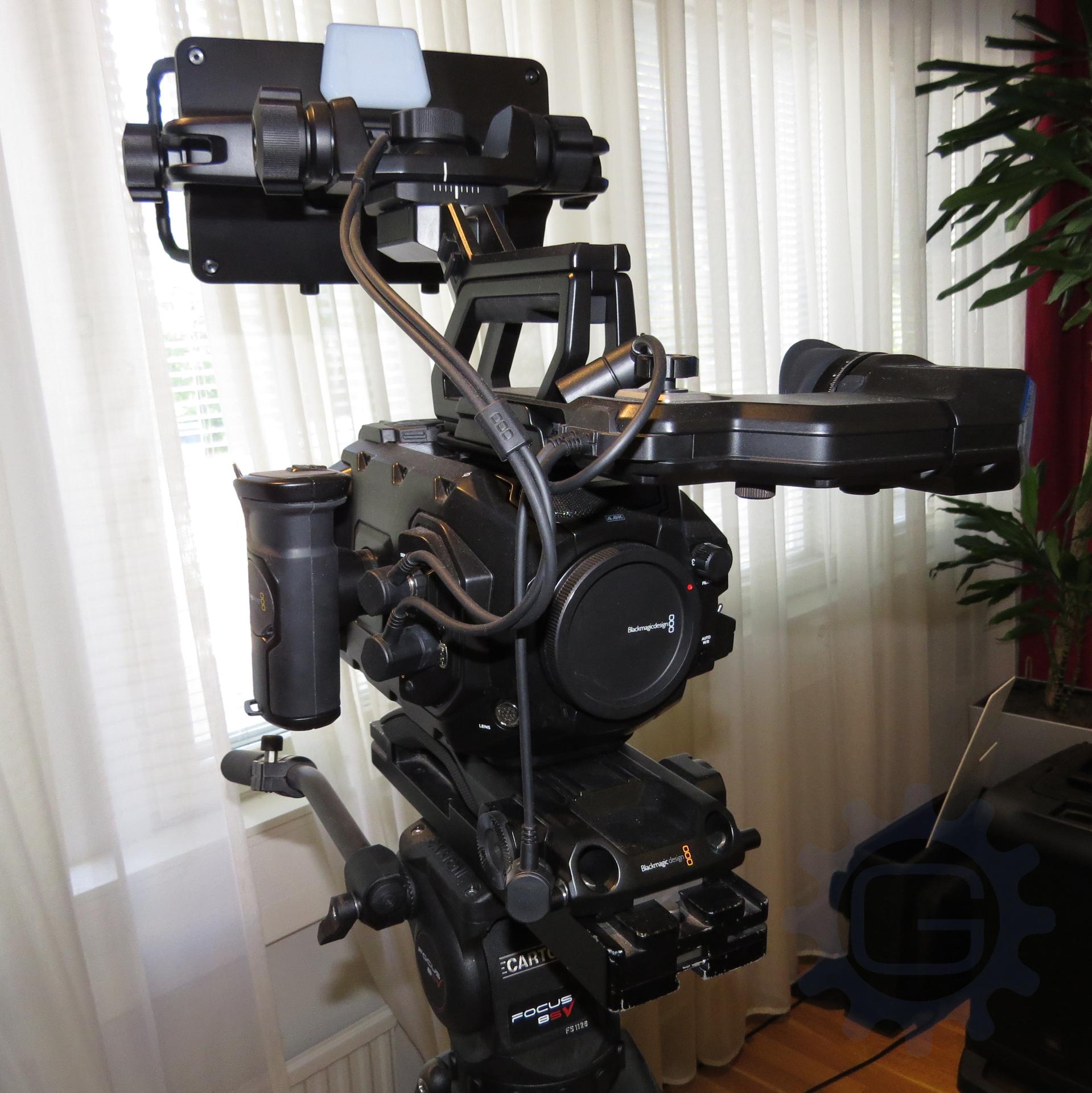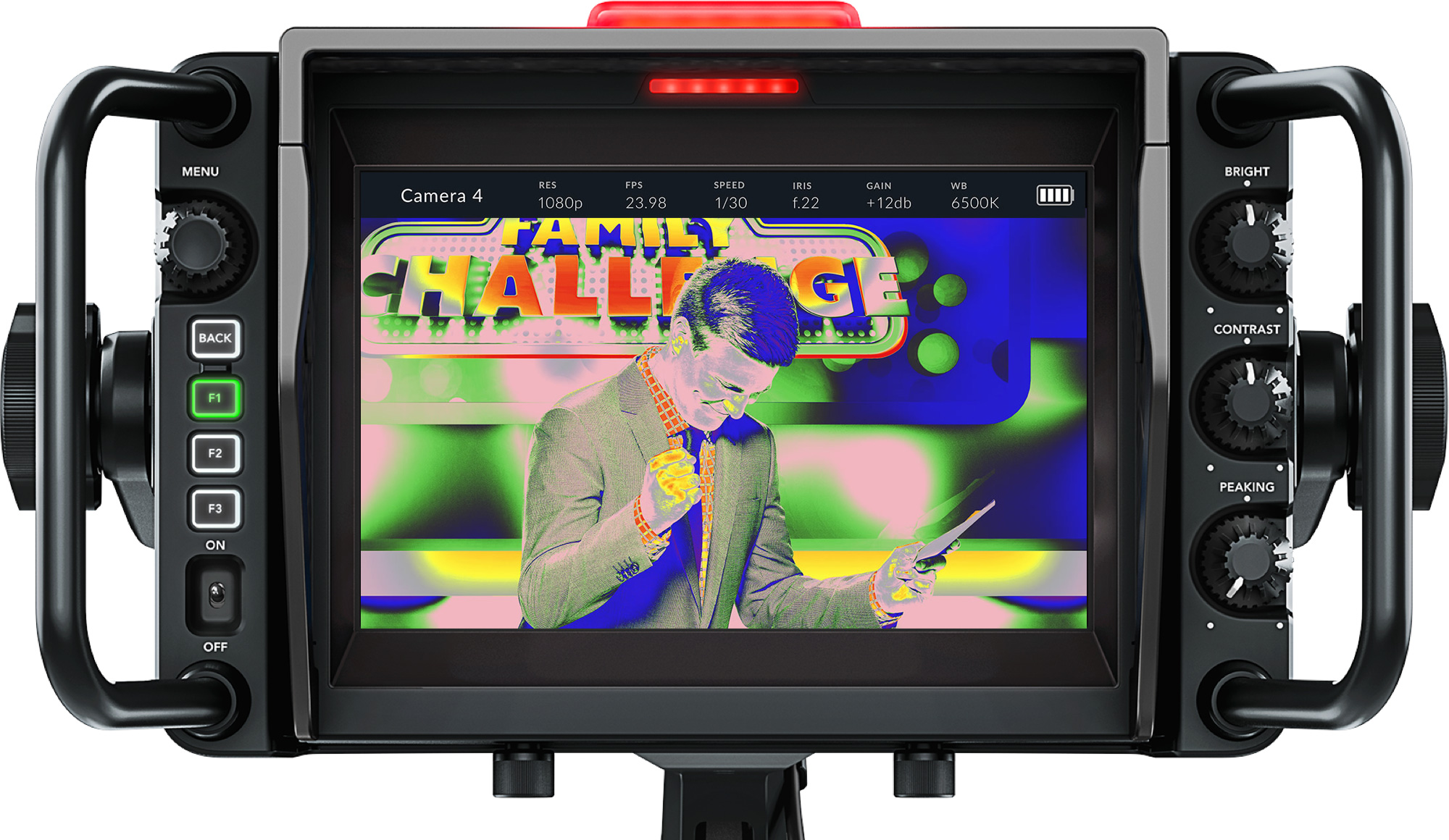Table Of Content

Click here to contact a sales representative and request a media kit. The Blackmagic Design URSA Mini Pro 4.6k is a update to the URSA Mini 4.6k. Additional features like ND filters and external controls have been added.
Blackmagic Ursa Mini Pro 12K review
Yet it took me no more than five minutes to figure out how to get the camera operational. The layout of the menu in the URSA Mini Pro 12K is incredibly easy to navigate. No digging into submenu after submenu just to do the basics.
Built In Optical ND Filters
Optional PL lens mount which features contact pins for compatibility with Cooke’s i/Technology protocol allowing lens information to be saved as metadata and used in software like DaVinci Resolve. Supports recording optional portrait mode metadata for all resolutions in Blackmagic RAW and H.264 Proxies. Although this is nothing when pitting it against the rest of the camera world, it’s more than some other Blackmagic cameras.
Work in Both HD or Ultra HD
It also features a low light sensor so you get amazing images using natural light. That's the perfect combination for broadcast news and programming. In conclusion, Blackmagic created a truly innovative camera, as its almost 80MP sensor captures the image to the Blackmagic RAW captures. The camera offers all of the bells and whistles you need on a camera.
Blackmagic PYXIS Rosette Plate
Like I said earlier, I am not the one to do extensive lab tests to try and compare one camera’s image quality to another. I simply go by whether or not the camera is returning the image that I want or not. Is it up to my standard as that is the only standard that really matters to me in the end? The images from the URSA Mini Pro 12K were terrific straight out of camera. Since this is my first experience shooting with Blackmagic Design, I wasn’t 100% sure what to expect. After speaking with the Blackmagic Design reps, I opted to shoot at ISO 400 and straight out of camera I got the image I wanted with minimal fuss and minimal noise.
New Videohub 120x120 12G
Blackmagic Design Ursa Cine 17K coming next by Jose Antunes - ProVideo Coalition - ProVideo Coalition
Blackmagic Design Ursa Cine 17K coming next by Jose Antunes - ProVideo Coalition.
Posted: Fri, 12 Apr 2024 07:00:00 GMT [source]
Specifically, imagine you are doing a scene requiring extended visual effects. You can lock off your frame and capture a still frame in 12K to use as a plate for later compositing. Then, use the same camera to shoot the video portion for easy combining in post. Being able to use the same tool for dual purposes can make for a smoother post process. And if you demand the absolute best results, shooting in 12K and dropping the resolution to 8K or 4K in post is the optimum, and it means you still retain the 12K files. The Blackmagic Camera Fiber Converter lets you extend and power your URSA Broadcast from up to 2 km away using industry standard SMPTE fiber cables.

Blackmagic URSA Mini Pro B4 Mount
We prefer the monitor on the C200, although we wish it was touchscreen like the URSA. Your review was based completely in the same way that i would use and view the camera and its use. Seems like i do more video than photo work lately, so good to see some video articles popping up here... If you'd like to learn how to make your own videos and don't know where to start, check out our filming and editing tutorial, Introduction to Video.
There are three gamma choices to choose from, just like Blackmagic cameras in the past, it has Film, Extended Video and Video. Film offers the most dynamic range giving the most work needed to the image in post-production. Extended Video gets closer to being ready right out of the camera, but keeps some of the benefits from the Film curve. Lastly, Video is ready right out of the camera and will allow for only minor corrections needed during post. One of the best features is the heads up display overlay options.
If you don’t want to shoot in 4.6K but want RAW, you will want to choose your lenses accordingly. The URSA Mini Pro 4.6K, depending on your use, will require you to spend a little more money making the camera work for you. First, the camera doesn’t have any type of monitoring outside of its 4-inch touch screen. If you need an EVF or studio viewfinder, Blackmagic Design has you covered, but they aren’t cheap. We reviewed the camera with the optional URSA Viewfinder; it costs 1,500 bucks. If you are in a studio setting and need a tally light or a larger screen, the URSA Studio Viewfinder with a 7-inch screen will do, but it’s 1,800 dollars.
So why not build them into the camera so you have them with you at all times? Applying the NDs in the URSA Mini Pro 12K is as simple as turning a knob on the left side of the camera which gives you from 0 to 6 stops of filtration. My first impression was that the switch system might pose a liability as it might be easy to accidentally bump the switches and make unintended changes while shooting. So I like to idiot-proof my cameras to protect myself from, well, me. I did actually accidentally hit the on-off switch once while I was working with the URSA Mini Pro 12K. But thankfully this only happened one time and didn’t prove to be nearly the issue I thought it could be over the course of my weeks with the unit.
So having 12K video to pull from could be a tangible advantage. If you don’t need 12K, then the camera’s little brother, the 4.6K Ursa Mini Pro offers the same experience and a wider choice of codecs and faster frame rates at a much lower price. You have to consider both of these as manual focus cameras with push-assist AF to help you focus on static subjects. But this camera is all about stunning quality so really, it’s best with lots of light and low ISO shot in full 12K, which does give massive file sizes. These are recorded to C-Fast 2.0 cards or the very fastest V90-class SD cards, or you can also plug in a very fast SSD.

No comments:
Post a Comment